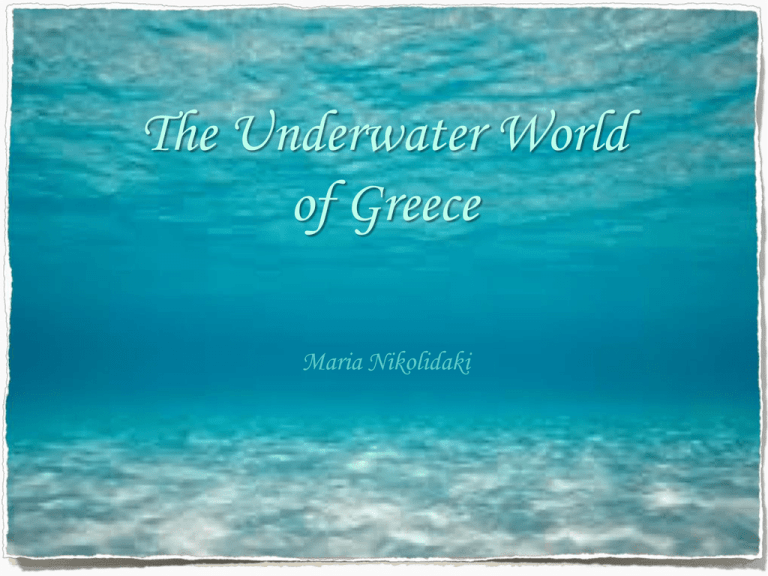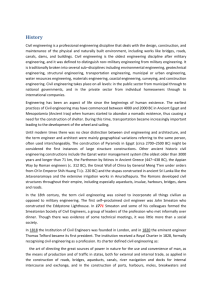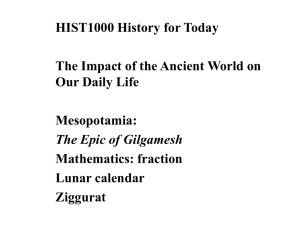The Underwater World of Greece
advertisement

The Underwater World of Greece Maria Nikolidaki Ancient Olous Olous or Olus is an ancient, sunken city situated at today’s town of Elounda in Crete. It was located on the site known as Poros, around the narrow strip of land connecting Elounda to the peninsula opposite. Inhabited since Minoan times with more than 30,000 inhabitants, a sanctuary, a harbor and its own coin, Olous was one of the most important and powerful cities of ancient Crete . At some point the ancient city sank into the sea. Today, the only visible remains of the city are some scattered wall bases that make a great attraction for tourists to visit by swimming in Elounda Bay. Ancient Helike Helike is an ancient submerged city, also known as Dodekapolis, located in Achaea in northern Peloponnesos. Founded in the Bronze Age and well known for its sanctuary of Poseidon, Helike led the Achaean League, an association that joined twelve neighboring cities . It was destroyed by an earthquake and tsunami in 373 B.C., a fate that is said to have influenced Plato's story of Atlantis. Its ruins were discovered in 2000. Pavlopetri The ancient town of Pavlopetri lies in three to four meters of water just off the coast of southern Laconia in Greece. Pavlopetri is considered to be the oldest submerged town in the world since the ruins date from at least 5000 B.C., including intact buildings, courtyards, streets, chamber tombs and some graves which are thought to belong to the Mycenaean period (c.1680-1180 BC). Archaeologists have recovered the fragments of everyday items such as cooking pots, crockery, jugs, storage and drinking vessels. The Antikythira Mechanism More than a hundred years ago an astonishing mechanism was found by sponge divers at the bottom of the sea near the island of Antikythera. The famous Antikythira Mechanism which was recovered in 1900–1901 from the Antikythera wreck, is an ancient analog computer designed to calculate astronomical positions. The construction has been dated to the early 1st century B.C. and it astonished the whole international community of experts on the ancient world with its accuracy despite its oldness. Calypso Deep Calypso deep or "φρέαρ των Οινουσσών" is an underwater abyss that reaches a depth of 5267 m (17,280 ft) which is the biggest in the Mediterranean Sea. It is located in the Ionian Sea, south-west of Pylos. Also, Calypso deep is associated with the international NESTOR Project (Neutrino Extended Submarine Telescope with Oceanographic Research Project), which is a very important scientific collaboration of our times, whose target is the development of a neutrino telescope on the sea floor off Pylos. Sources http://www.bbc.co.uk/news/magazine-15191614 http://www.nottingham.ac.uk/pavlopetri/index.aspx http://www.aghiosnikolaos.gr/index.php?option=com_content&task=view &id=34&itemid=52&lang=el http://www.explorecrete.com/crete-east/EN-Elounda-history.html http://www.helike.org/paper.shtml http://www.antikythera-mechanism.gr/project/overview http://www.discover-peloponnisos.gr/Default.aspx?id=1350&nt=18 THANK YOU FOR YOUR ATTENTION!











